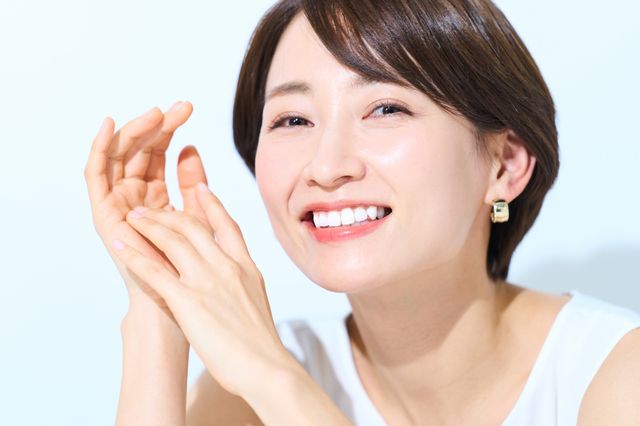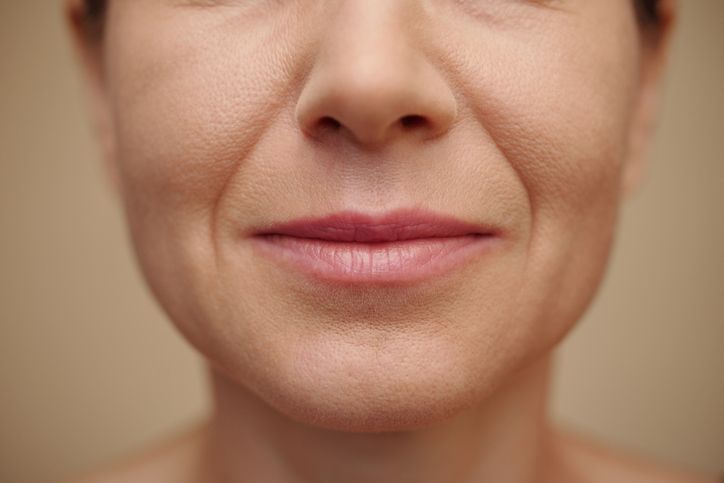- Home
- Trend
- Weight Loss Strategies
- Acne Tips
- Hair Health Information
- Blemish Removal Tips
- Acne Scar Removal Tips
- Muscle Building Techniques
- Intimate Care Tips
- Postpartum Intimate Care
- Eye Bags Wiki
- Tips for Face Slimming
- Secret of Permanent Hair Removal
- Breast Enlargement Tips
- Cure to Snoring
- Marionette Lines
- Skin-Tightening Secrets

免費體驗
A3 Laser Hair Removal Treatment
1 Minute Self-Registration
Date should not be before minimal date
Sugaring is a hair removal method that may suit some people better than others, depending on their skin type, hair type, pain tolerance and personal preference, and it can be a good alternative to waxing for those who are looking for a natural, organic and less painful way to remove unwanted hair from their body. But is the whole process truly applicable for those who have sensitive skin? Read on to find out more.
1
How is Sugaring Treatment Done Usually? Can I DIY At Home?

Since this hair removal technique is a natural and gentle method, and it is suitable for most of the men and ladies who want to remove hair. However, some factors may affect how well sugaring hair removal works for sensitive skin, such as the type and condition of the skin, the skill and experience of the practitioner, and the quality and ingredients of the sugaring paste.
Generally, it is done by applying a sticky paste made of sugar, water and lemon juice to the skin and then pulling it off along with the unwanted hair. Thus, the good news is you can definitely try to make your own and get them done at home, since the ingredients of sugar paste are simple and natural, and they can be easily found in most kitchens. But it is advisable to consult a professional sugaring practitioner before trying it at home, as they can provide guidance and tips on how to perform sugaring safely and effectively. Here is how you can do it:
Gather the ingredients.
You will need 2 cups of sugar, 1/4 cup of water and 1/4 cup of lemon juice. You can also add a few drops of essential oil or honey for fragrance or extra moisturising benefits.
Heat the mixture.
Combine the sugar, water and lemon juice in a saucepan over medium-high heat and stir until the sugar dissolves. Bring the mixture to a boil and then lower the heat to medium-low. Let it simmer until it reaches a golden-brown colour and a thick consistency, similar to honey. This may take about 15 to 20 minutes, depending on your stove and pan. You can use a candy thermometer to check the temperature, which should be around 120°C or 250°F.
Cool the paste.
Remove the saucepan from the heat and let it cool slightly until it is warm but not hot. You can transfer the paste to a glass jar or a metal bowl for easier handling. Be careful not to burn yourself, as the paste will be very hot and sticky.
Use or store your paste.
You can use the paste right away or store it in an airtight container for later use. If you store it, you will need to reheat it before using it, either in a microwave or in a hot water bath. The paste can last for several weeks or months if stored properly.
2
Advantages & Disadvantages of Doing Sugaring
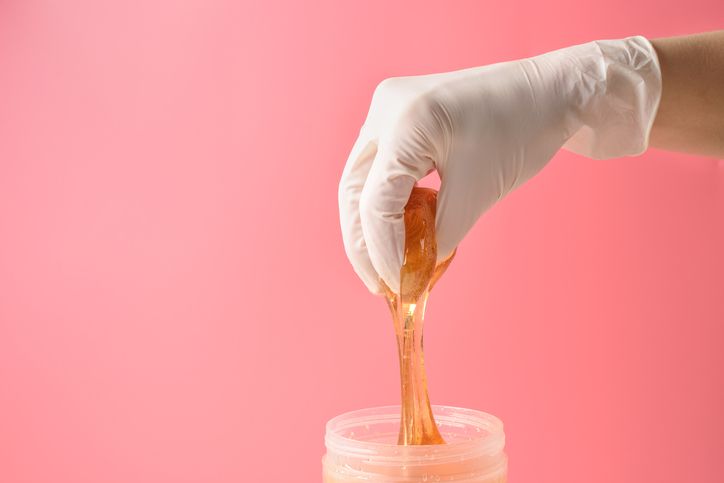
Advantages
- It is natural and organic, as it does not contain any chemicals or additives that may irritate the skin or cause allergic reactions. - It is less painful than waxing, as the sugar paste only adheres to the hair and not the skin, and it can be removed in the direction of hair growth, reducing the risk of ingrown hairs and breakage. - It is more hygienic than waxing, as the sugar paste is water-soluble and does not harbour bacteria or fungi, and it can be easily cleaned with warm water. - It is more economical than waxing, as the sugar paste can be reused several times until it loses its consistency, and it can be made at home with simple ingredients.
Disadvantages
- It is more time-consuming than waxing, as the sugar paste needs to be heated to the right temperature and consistency, and it may take longer to cover large areas of the body. - It is more messy than waxing, as the sugar paste may drip or stick to clothing or furniture, and it may require more clean up afterwards. - It is less effective than waxing for coarse or thick hair, as the sugar paste may not be able to grip the hair firmly enough, and it may require more passes to achieve smooth results. - It is more dependent on skill and technique than waxing, as the sugar paste needs to be applied and removed correctly to avoid bruising, irritation or incomplete hair removal.
- Which Home Laser Hair Removal Device Is Best? A Comparison Of 4 Popular IPL Devices & How Many Sessions You Really Need
- What Is Leg Hair For? A Hair-Raising Question
- Why Ingrown Hair Is More Than A Beauty Concern?
- Find Pubic Hair Removal Tricky? Learn Why They Are Different & How You Can Deal With Them!
3
Is Sugaring Session Suitable For People That Have Sensitive Skin?
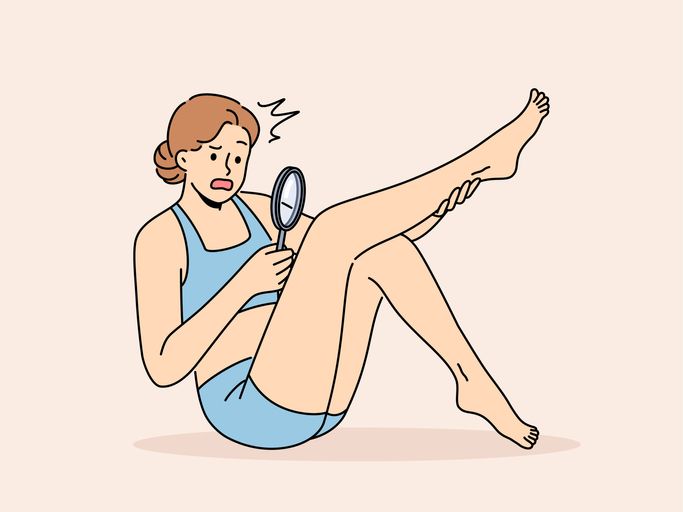
As sugaring does not adhere to the skin cells to remove body hair, it is unlikely for it to cause irritation or inflammation. However, some people may still experience some side effects from sugaring hair removal, such as redness, swelling, ingrown hairs or allergic reactions. These side effects can be minimised by following some precautions before and after sugaring hair removal, such as:
- Doing a patch test on a small area of skin before applying the paste to the whole area. - Avoiding sugaring hair removal on broken, irritated or sunburned skin. - Exfoliate the skin gently a day before sugaring hair removal to remove dead skin cells and prevent ingrown hairs. - Applying a soothing lotion or aloe vera gel after sugaring hair removal to calm the skin and reduce inflammation. - Avoiding hot showers, saunas, swimming pools or direct sunlight for at least 24 hours after sugaring hair removal to prevent further irritation or infection.
So, worry not: It can still be a safe and effective way of removing unwanted hair for people with sensitive skin with less irritation, as long as they follow the proper steps and care for their skin afterward.
4
Sugaring VS the World: Which One Is the Best Hair Removal Method?
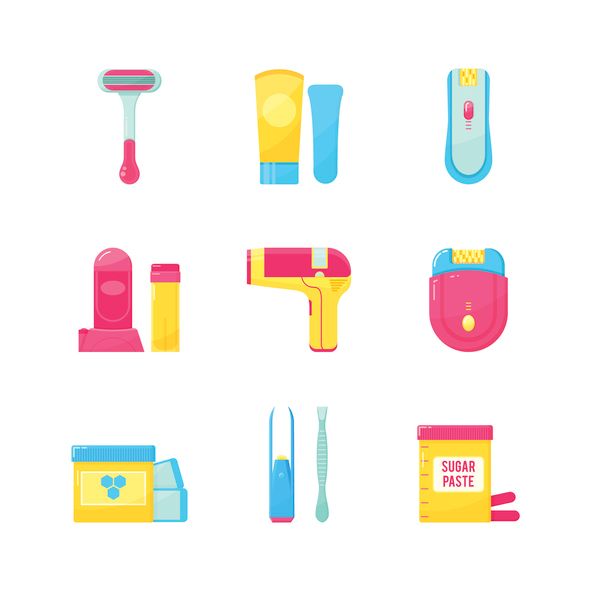
Sugaring hair removal is not the only option for people with sensitive skin who want to get rid of unwanted hair. There are other hair removal methods that can be less irritating or more suitable for different areas of the body, such as:
Waxing
This method involves applying hot or cold wax to the skin and then removing it with a cloth strip or a paper strip. Waxing can remove hair from larger areas of the body, such as the legs, arms or back. Waxing can also last longer than sugaring hair removal, as it can remove hair from the root. However, waxing can also cause more pain, irritation and ingrown hairs than sugaring hair removal, especially for people with sensitive skin. Waxing should also be avoided on delicate areas of the body, such as the face, bikini line or genitals.
Shaving
This method involves using a razor blade or an electric shaver to cut off the hair at the surface of the skin. Shaving can be quick and easy to do at home, and it can be used on any area of the body. However, shaving can also cause razor bumps, cuts, nicks and dryness on the skin. Shaving also does not remove hair from the root, so it can result in stubble and frequent regrowth. Shaving should also be done carefully and with proper lubrication to avoid irritation and infection.
Depilatory creams
These are products that contain chemicals that dissolve the hair on the skin. Depilatory creams can be applied to the skin and then wiped off after a few minutes. Depilatory creams can remove hair from larger areas of the body, such as the legs, arms or chest. Depilatory creams can also be less painful than waxing or sugaring hair removal. However, depilatory creams can also cause allergic reactions, burns or rashes on the skin, especially for people with sensitive skin. Depilatory creams should also be avoided on delicate areas of the body, such as the face, bikini line or genitals.

免費體驗
A3 Laser Hair Removal Treatment
1 Minute Self-Registration
Date should not be before minimal date
5
Get A Hair Free Life with the Help of Perfect Medical!

Sugaring is not thought to be a lasting way to get rid of hair. Even though the hair may grow back slower than when you shave, it is still only a short fix. Even though the process cuts the hair off at the root, which can make the hair grow back slower and possibly thinner over time. But, like waxing, the hair will grow back, and you will have to go back for more rounds to keep the hair-free results. If you want something that will last longer, laser hair removal or electrolysis might be better choices.
Here, we have A3 Laser Hair Removal Treatment to help you out. This is a non-surgical treatment that uses 808nm-wavelength laser energy to target melanin in hair follicles. This clears up coarse and fine body hair at the same time and reduces their nutrient supply by shrinking the capillaries around them. This stops hair from growing, giving you smooth, elegant skin!
It is most effective on light to medium skin tones with hair ranging from natural blonde to dark brown or black. Most importantly, it is also suitable for people who have sensitive skin, and i can provide long-lasting hair reduction, with minimal downtime! Get your sugaring appointment swapped into Perfect Medical's appointment today and witness the differences!

免費體驗
A3 Laser Hair Removal Treatment
1 Minute Self-Registration
Date should not be before minimal date
FAQ

1. What is ingrown hair and how can I prevent it?
Ingrown hair is a condition where a hair grows sideways or curls back into the skin, causing inflammation, irritation and sometimes infection. Ingrown hair can occur anywhere on the body where hair is removed, but it is more common in areas with coarse or curly hair, such as the bikini line, legs, armpits and face. To prevent ingrown hair, you should exfoliate your skin regularly, use a sharp and clean razor or blade, shave in the direction of hair growth, moisturise your skin after shaving, and avoid tight clothing that can rub against the skin.
2. What is hair shaft and why is it important for hair removal?
Hair shaft is the part of the hair that is visible above the skin surface. It is made of keratin, a protein that gives strength and structure to the hair. Hair shaft is important for hair removal because it determines the type and thickness of the hair, which affects how easy or difficult it is to remove. For example, coarse or thick hair shafts are more resistant to removal than fine or thin ones. Hair shaft also affects how long the hair removal results last, as thicker hair shafts tend to grow back faster than thinner ones.
3. What is our body hair growth cycle?
The body hair growth cycle is a complex process that involves four distinct phases: anagen, catagen, telogen and exogen. Each phase has specific characteristics and duration that determine the length and quality of the hair. The cycle is influenced by various factors such as age, genetics, nutrition, hormones and environmental conditions. Anagen is the active growth phase of the hair, lasting from 3 to 7 years for scalp hair and much shorter for other types of hair. During this phase, the hair follicle produces keratin, a protein that forms the hair shaft, and grows at an average rate of 1 cm per month. About 90% of the hairs on the scalp are in the anagen phase at any given time. Catagen is the transition phase of the hair, lasting about 10 days. During this phase, the hair follicle shrinks and detaches from the dermal papilla, a structure that supplies blood and nutrients to the hair. The hair stops growing and enters a dormant state. Next, Telogen is the resting phase of the hair, lasting about 3 months. During this phase, the hair follicle remains inactive and holds the hair in place. About 10 to 15% of the hairs on the scalp are in the telogen phase at any given time. Exogen is the shedding phase of the hair, lasting about 2 to 5 months. During this phase, the old hair falls out from the scalp, often aided by washing and brushing. The hair follicle also prepares for a new cycle by producing a new dermal papilla. It is normal to lose 50 to 100 hairs per day during the exogen phase.
4. What are cold sores and how can they affect hair removal?
Cold sores are small blisters that form on or around the lips or mouth. They are caused by a virus called herpes simplex virus (HSV), which can be transmitted through direct contact with an infected person or object. Cold sores can affect hair removal in two ways: first, they can make hair removal more painful or uncomfortable, as they create an open wound on the skin that can be irritated by waxing or shaving; second, they can increase the risk of infection or spreading the virus to other parts of the body or to other people, as waxing or shaving can break the blisters and release fluid that contains HSV. Therefore, it is advisable to avoid hair removal on or near cold sores until they heal completely.
5. Why do some people have less body hair and some have more?
The quantity of body hair a person has is determined by a number of factors, including genetics, hormones, age, and ethnicity. Certain individuals inherit genes that cause them to have more or less hair than others. In addition to testosterone and oestrogen, hormones can also influence hair growth and distribution. Men typically have more body hair than women because their testosterone levels are greater. Age can also affect hair growth, as hair follicles become less active with age and generate hairs that are thinner and lighter. Due to environmental factors such as climate and exposure to sunlight, some ethnic groups have evolved to have more or less body hair than others.






